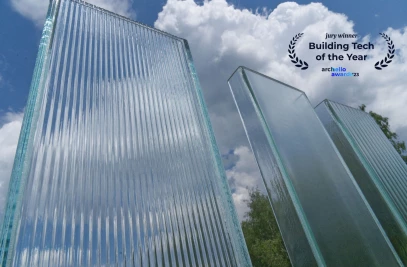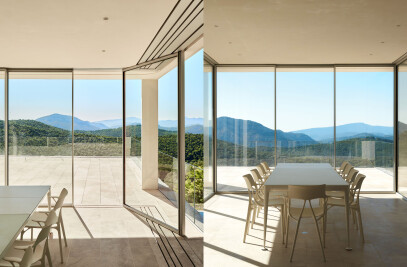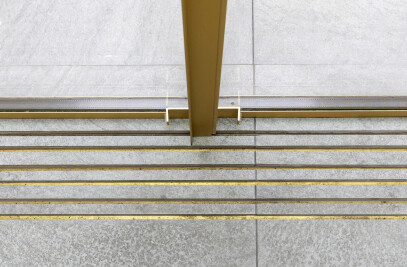Prefabrication in housing has a century-long story of optimization along with continuous ups and downs in terms of success. The ‘Wohnregal’ in Berlin takes into account this history of prefabricated construction in the context of a housing project. Designed by FAR frohn&rojas, the project takes warehouse prefabrication to the limits while introducing a discourse that has been strangely absent in the focus on prefabrication: the complexity and variety of inhabitation.

Covering six storeys, Wohregal is a Berlin is a residence of live/work ateliers. It is made of pre-cast concrete components well-known in warehouse construction. These components include pre-cast concrete pillars, beams and TT-ceilings – which are ceiling elements comprising two downstand beams.

The project addresses two contradictory forces in the Berlin housing market. On the one hand, serial production allows for cost-savings and shorter construction times, thus reducing the cost of housing.

In this case, the construction time was 6 weeks for the onsite assembly of the complete building shell (approximately 1 week per floor). At the same time, the project counters the perception that serial construction automatically implies a standardization of living units by achieving a wide range of different live/work layouts.

The long-spanning TT-ceilings used here offer maximum design flexibility by facilitating a clear span of 13m (roughly 40 feet) from façade to façade. No structural walls are needed and all interior walls are built in drywall construction. Furthermore, no individual structural calculations were needed for any of these interior walls because they are calculated as a surface load. As a result, plan layouts vary considerably one each floor with the ateliers varying in size between 35 and 100 square meters. Only two mechanical cores as well as the exterior envelope limit unit configuration.

Oriented east or west and in some cases both directions, curtain walls of large-scale standard glass sliding doors are located on the eastern and western façades. The exterior of the building can thus be fully opened up to its surroundings in the spring and summer, turning the living space into a loggia-like environment. No mechanical ventilation is required in the building as a natural breeze ensures a moderate climate even during the heat of summer

The exit staircase and elevator are located on the northern façade. Simply executed, the stairs nonetheless have a strong architectural impact. Open to the elements, the concrete stairs are enclosed in a stainless steel mesh as protection.

































